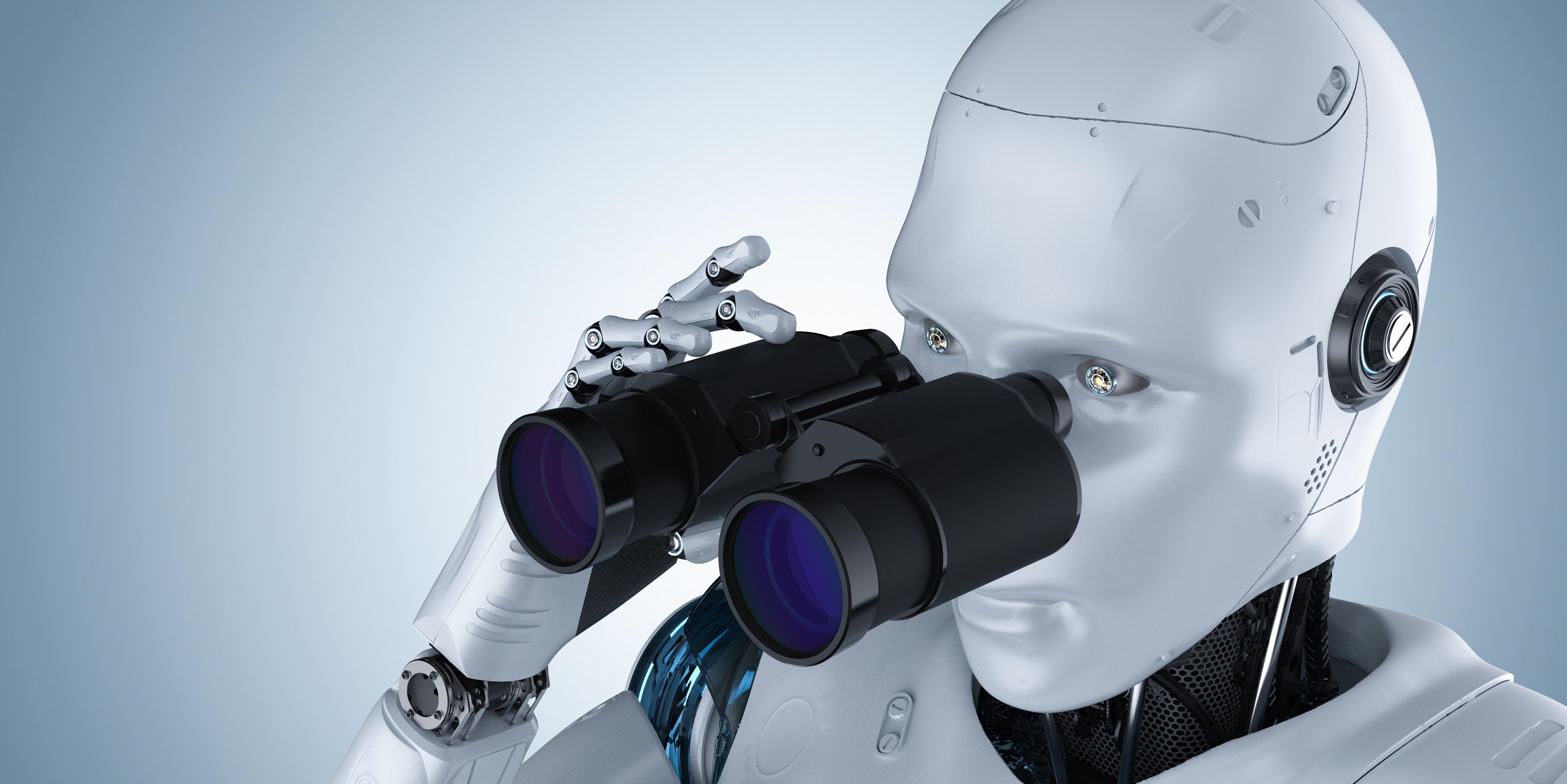
WWW.INFORMATIONWEEK.COM
Where IT Consultancies Expect to Focus in 2025
In the past few years, artificial intelligence has dominated New Years predictions. While the same can be said about 2025, scalability, responsibility, and safety will be stronger themes.For example, global business and technology consulting firm West Monroe Partners sees data and data governance being major focus areas.Its no longer just about quick wins or isolated use cases. The focus is shifting towards building robust data platforms that can support long-term business goals as they move forward, says Cory Chaplin, technology and experience practice leader at West Monroe. A key part of this evolution is ensuring that organizations have the right data foundation in place which in turn allows them to harness the full potential of advanced uses like analytics and AI.Efforts Will Focus on Responsible and Safe UseGenAI has caught the attention of boards and CEOs, but its success hinges on having clean, accessible data.Much of whats driving conversations around AI today is not just the technology itself, but the need for businesses to rethink how they use data to unlock new opportunities, says Chaplin. AI is part of this equation, but data remains the foundation that everything else builds upon.West Monroe also sees a shift toward platform-enabled environments where software, data, and platforms converge.Rather than creating everything from scratch, companies are focusing on selecting, configuring, and integrating the right platforms to drive value. The key challenge now is helping clients leverage the platforms they already have and making sure they can get the most out of them, says Chaplin. As a result, IT teams need to develop cross-functional skills that blend software development, platform integration and data management. This convergence of skills is where we see impact -- helping clients navigate the complexities of platform integration and optimization in a fast-evolving landscape.Right now, organizations face significant challenges keeping pace with rapid technological advancements, especially with AI evolving so quickly. While many organizations have built substantial product and data teams, their ability to adapt and innovate at business speed often falls short.Cory Chaplin, West MonroeIts not just about having the right headcount. Its about the capacity to move quickly and embrace new technologies, says Chaplin. Even with skilled talent, internal teams can get bogged down by established processes and pre-existing organizational structures. The demand for specialized expertise in AI and data-driven fields continues to outpace supply, complicating their transformation journeys. This is where we provide the support needed to challenge existing paradigms and accelerate their progress.Over the last few years, there has been a gap between expectations and progress. Despite the hype surrounding AI, data, and new technologies, many organizations have struggled to realize the full value of their investments, irrespective of industry.Organizations are tired of chasing buzzwords, says Chaplin. They want AI to be a productive part of their operations, working behind the scenes to enhance existing platforms, support their teams and drive growth. They [also] want help embedding AI into their current operations, ensuring that its not just another shiny tool, but a core driver of growth and efficiency within existing business operations.AI Plus ModernizationThe demand for AI/ML and GenAI is growing across industries, particularly in areas like automation, predictive analytics, and personalized customer experiences. Data and analytics remain crucial as businesses aim to harness their data to make smarter, faster decisions. Cloud and application modernization are also essential as many organizations want to update legacy systems, improve agility, and adopt cloud-native technologies.Many clients need help with scalability, technology integration and data modernization. They may need help with outdated systems, underutilized data or the complexities of adopting new technologies, particularly in highly regulated industries like life sciences and energy, says Stephen Senterfit, president of enterprise business consultancy Smartbridge, Additionally, the rapid pace of innovation can make it hard for businesses to know where to focus their resources.With this help, enterprises should see improved operational efficiencies, better data-driven decision-making and more robust customer engagement. They will also be able to scale rapidly, remain competitive in their respective industries and innovate in ways that were previously out of reach.Smartbridge's relationship with clients is evolving from technology service provider to strategic partner, says Senterfit. Clients expect us to help them navigate broader digital strategies, advise them on tech implementation and innovation roadmaps, and future-proof their business models.AI-Related Change Management and UpskillingAs AI continues to become increasingly mainstream, theres a growing demand for organizational design, change management, and upskilling services designed to get more out of new ways of working and managing organizational shifts.Clients are increasingly asking, How do we build AI into our business? says West Monroes Chaplin. This isnt just about implementing new technologies, its about preparing the workforce and the organization to operate in a world where AI plays a significant role. Theres momentum building around this intersection of organizational design, change management, and upskilling -- helping companies function effectively in an AI-driven environment.CybersecurityAs businesses adopt AI, use more data, and deploy new emerging technologies, cybersecurity becomes even more critical.With increased platform adoption, securing confidential information is paramount. We see a renewed emphasis on secure software development practices and tighter controls on AI/ML model usage, ensuring protection as organizations scale their AI initiatives, says Chaplin. By understanding and utilizing their data effectively, organizations can foster a culture where data-driven insights inform decision-making processes. This not only enhances operational efficiency but also drives innovation across the business.Organizations should consider data a critical asset that requires attention and strategic use. This requires a mindset shift that can lead to improved outcomes across various functions, particularly in cybersecurity, where organizations can de-risk their operations even amid rapid changes.With platform-enabled environments, organizations can reduce their reliance on fully custom solutions. By leveraging existing platforms and their roadmaps, companies can enhance their agility and speed of implementation, says Chaplin. This approach allows for a greater emphasis on building from proven solutions rather than creating from scratch, ultimately facilitating quicker adaptations to market demands.Data and Customer FocusAs companies increasingly focus on digital transformation, data-driven decision-making and improving customer engagement, they look to consultancies for help.Our data engineering practice will play a central role in helping businesses migrate from legacy systems to the cloud, a significant challenge for many organizations as they modernize their analytical workloads, says Alex Mazanov, CEO at full service consulting firm T1A. By 2025, we anticipate an even greater demand for scalable, cloud-based data architectures capable of handling vast amounts of real-time data. Many organizations are moving away from outdated legacy systems, such as SAS, to modern cloud platforms like Databricks.Continued data explosion, combined with AI advances, is pushing companies to modernize their data infrastructure.Businesses are increasingly challenged to make faster, smarter decisions, and well provide the tools and expertise to architect solutions that scale with their needs, ensuring data is a true asset rather than a burden, says Mazanov. Additionally, transitioning to open-source platforms and government-compliant technologies will help businesses stay agile, cost-efficient and aligned with regulatory demands.AI is also becoming more prevalent in CRM scenarios because it increases productivity, reduces costs, and helps maximize customer lifetime value. Specifically, they want to enhance loyalty programs, improve customer retention and use data analytics to predict behavior across the entire customer lifecycle.Optimizing the customer journey will continue to be crucial in 2025, as businesses will increasingly focus on maximizing customer lifetime value [using] advanced tools and strategies to improve every touchpoint in the customer journey, says Mazanov. Many companies struggle to optimize this.Finally, process intelligence will be even more critical by 2025, as companies continue to streamline operations, reduce inefficiencies, and cut costs in an increasingly competitive market. AI and machine learning will be used to automate and optimize business processes. As industries move toward hyper-automation, Mazanov says clients will need to become more agile and efficient.Organizations are constantly seeking ways to reduce operational costs while improving efficiency, he says. By 2025, companies will face rising expectations to do more with less, and process intelligence will be a vital tool to achieve this. Our solutions will focus on creating smarter, more efficient workflows, powered by AI to reduce manual tasks and human error.Stephen Senterfit, SmartbridgeMany organizations are experiencing the dichotomy of being challenged by the complexity of their data and needing real-time insights. Meanwhile, customer expectations continue to grow.[Our relationship with clients [is] evolving from being a service provider to a strategic partner. By 2025, we anticipate playing a more consultative role, helping clients not just implement technology but also reimagine their business models around data and AI, says Mazanov. Well be focused on long-term partnerships, co-creating innovative solutions that align with their broader business strategy.Get Help When You Need ItCompanies have many different reasons for seeking outside assistance. Sometimes the engagement is tactical and sometimes its strategic. The latter is becoming more common because it drives more value.One of the least valuable engagements is hiring a consultancy to solve a problem without internal involvement. When the consultants conclude their arrangement, considerable valuable knowledge may be lost. Working as a partner results in greater transparency and continuity.One benefit of using consultants, not mentioned above but critically important, is insight clients may lack, such as having a deep understanding of how emerging technology is utilized in the clients particular industry and whats worked best for other industries and why, which can result in important insights and innovations. They also need to understand the clients business goals so that IT implementations deliver business value.
0 Σχόλια
0 Μοιράστηκε
167 Views










